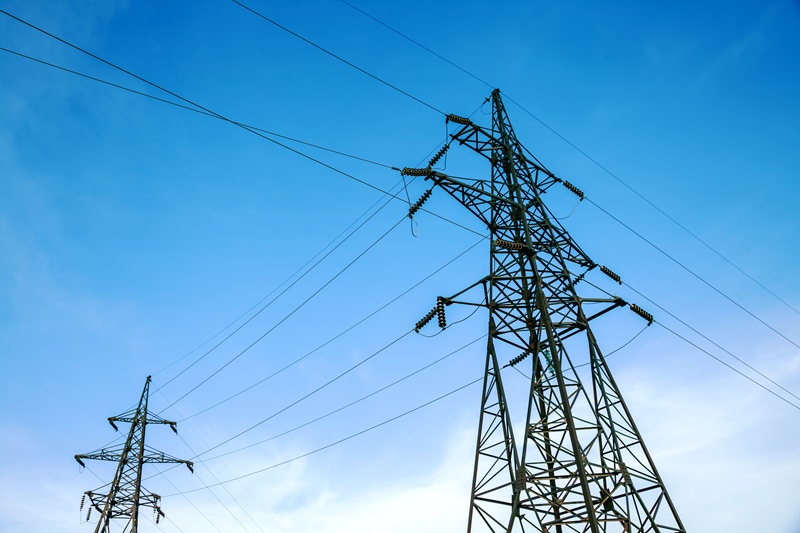In general, March unfolded on the energy landscape as anticipated and did not bring any big surprises. Consistent with the spring season, energy prices in the Baltic States remained stable and low. Let’s analyse the main factors that contributed to this trend.
Estonia
⚡️ In March, the average electricity price in the Estonian price area on the Nord Pool power exchange decreased by 9.6% compared to February, amounting to €68.26 per MWh.
⚡️The warm and sunny weather resulted in a decrease in electricity demand. While in February Estonia consumed 709 GWh of electricity, in March consumption increased to 720 GWh. However, compared to the average monthly consumption, hourly consumption decreased by 5%.
⚡️The electricity production from local wind farms decreased. This was offset in part by increased production from Latvian hydroelectric and thermal power plants.
⚡️ The import of cheaper electricity to Estonia was hindered by reduced production in the Nordic countries and various unplanned maintenance works in the energy infrastructure of Finland and Sweden.
⚡️ The repair of the Estlink 2 electricity cable between Estonia and Finland was also postponed, with new information indicating completion at the end of 2024. This, in turn, impacts the final price of electricity for consumers with both exchange and fixed-price electricity packages.
Baltic States
⚡️ In March, electricity prices in Latvia and Lithuania remained at the same level at €68.21 per MWh, respectively.
⚡️ Electricity prices remained stable and relatively low as a result of increased renewable energy production and warmer weather, which led to decreased electricity demand. Estonian consumers also benefited from the high output of Latvian hydroelectric power plants.
⚡️ A key factor in curbing the electricity price fall in the Baltic region was Finland where renewable energy production was lower for much of March and the Olkiluoto-3 nuclear reactor was undergoing repairs.
⚡️ In Sweden, the Forsmark-3 nuclear reactor underwent temporary repairs and, on 21 March, there was a brief interruption in the NordBalt interconnection that hindered the import of inexpensive Scandinavian electricity to the Baltic States.
⚡️At the end of March, the LitPol Link connection in Poland was temporarily disconnected due to network restoration works but this did not significantly impact electricity prices in the region.
Europe
⚡️Natural gas prices on the Dutch TTF gas exchange reached a record low in March, averaging €27 per MWh. This was primarily attributed to the end of the cold period, resulting in a decrease in gas demand.
⚡️According to the forecast, natural gas prices are not expected to exceed €30 per MWh before the end of the year and will remain close to €26–28 per MWh in the meantime.
⚡️The average price of CO2 emission allowances initially declined to €54 per tonne due to decreased demand but subsequently rose again to €60 per tonne. Future transactions indicate that the price will remain around €60 per tonne this year.
What to expect in April?
Based on previous years, April is generally the calendar month with the most affordable electricity prices. This is due to both the warming weather and the increasing output of solar power plants, supplemented by the output of wind farms and local hydroelectric power plants.
In other words, this means that wholesale electricity prices in April will primarily be influenced by demand and available generation capacity.



